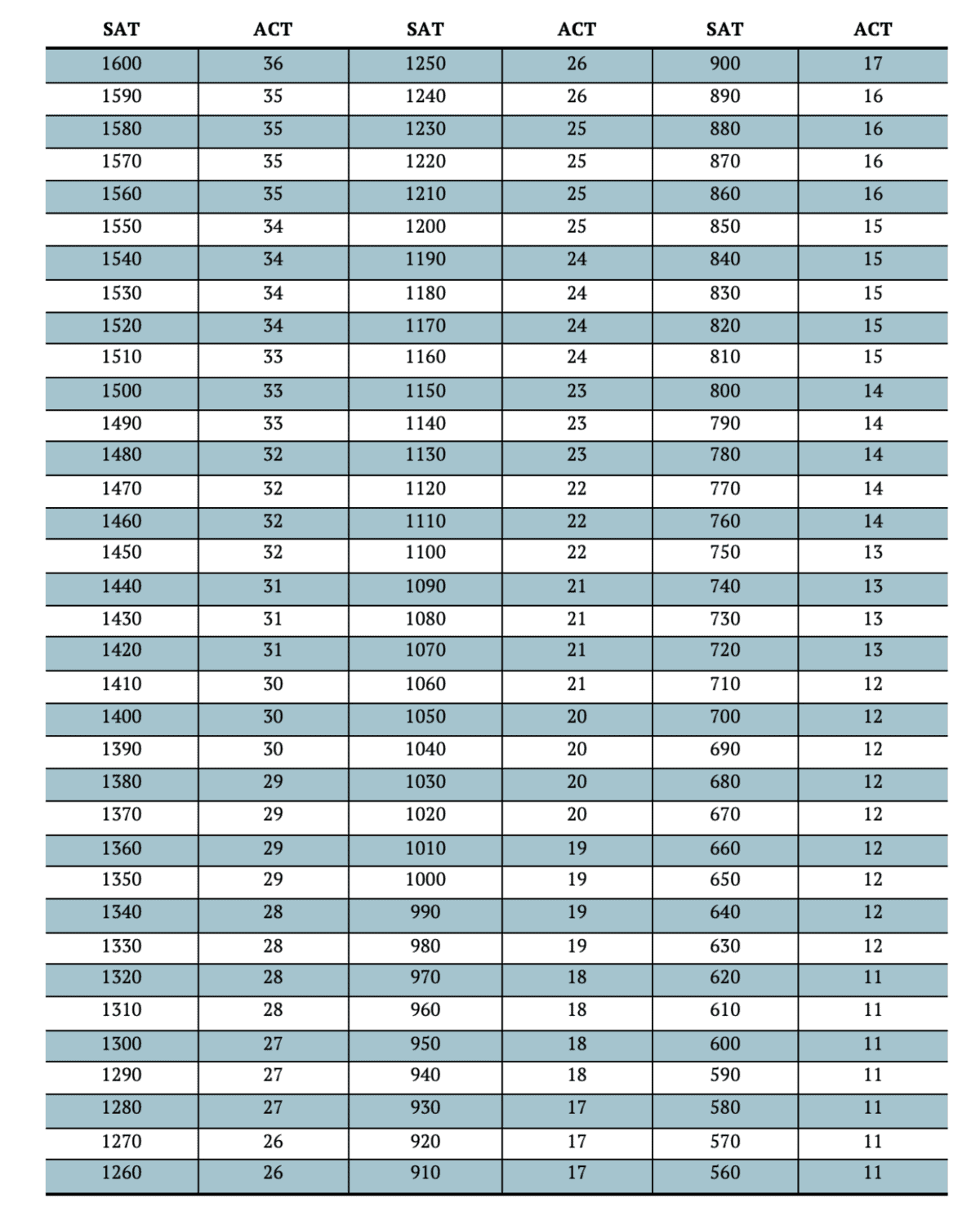What Is A Good SAT Score?
University Applications


Greetings, ambitious students and devoted parents! You’ve tackled the SAT and now face the age-old question: What is a “good” SAT score? Your search is over, as we’re here to help you decode the numbers and understand what it takes to stand out in the competitive admissions landscape. So, let’s dive into the world of SAT scores and uncover the secrets of college admissions success!
To define a “good” SAT score, you must first understand the scoring system. The SAT consists of two main sections: Evidence-Based Reading and Writing (ERW) and Math, each scored on a scale of 200-800. The scores from these sections are combined for a total SAT score range of 400-1600.
When comparing your SAT score, it’s essential to consider national averages and percentiles. The national average SAT score typically hovers around 1050-1100. To stand out, aim for a score that places you in the 75th percentile or higher, which generally equates to a total score of 1200 or above.
A “good” SAT score is subjective, as it largely depends on the colleges you’re targeting. Research the average SAT scores of admitted students at your desired colleges to determine what score range you should aim for. Top universities often expect scores of 1400 or higher, while less competitive schools may accept scores in the 1100-1300 range.
Here are the percentile scores required for Ivy League schools and similar institutions of higher education.

Now, some students end up taking both the SAT and the ACT, and then wonder which score to send in the end. Here is table that provides a basis for translating and comparing scores between the two tests.

You should send in the higher score! Please also note that these brackets shift somewhat between the years, and the change should be more noticeable with the transition to the Digital SAT, but otherwise, it’s a reliable system to follow.
Keep in mind that the SAT score is just one piece of the admissions puzzle. Colleges use a holistic review process, considering factors like GPA, extracurricular activities, recommendation letters, and personal essays. While a high SAT score can help your application, it’s crucial to focus on building a well-rounded profile to impress admissions officers.
Many colleges participate in superscoring or considering the highest section scores across multiple test dates. By retaking the SAT and improving individual section scores, you can optimize your overall score and enhance your chances of admission. Additionally, many colleges allow you to use Score Choice, enabling you to submit only your best scores.
In the end, a “good” SAT score depends on your personal goals and the colleges you’re applying to. Aim for a score that aligns with your desired schools’ requirements and places you above the national average. Remember, your SAT score is just one aspect of your college application, so continue to build a well-rounded profile to maximize your chances of admission. Stay focused, aim high, and soon enough, you’ll find yourself on the path to your dream college!
Subscribe to our newsletter and get valuable advice on study programs, funding opportunities and much more!